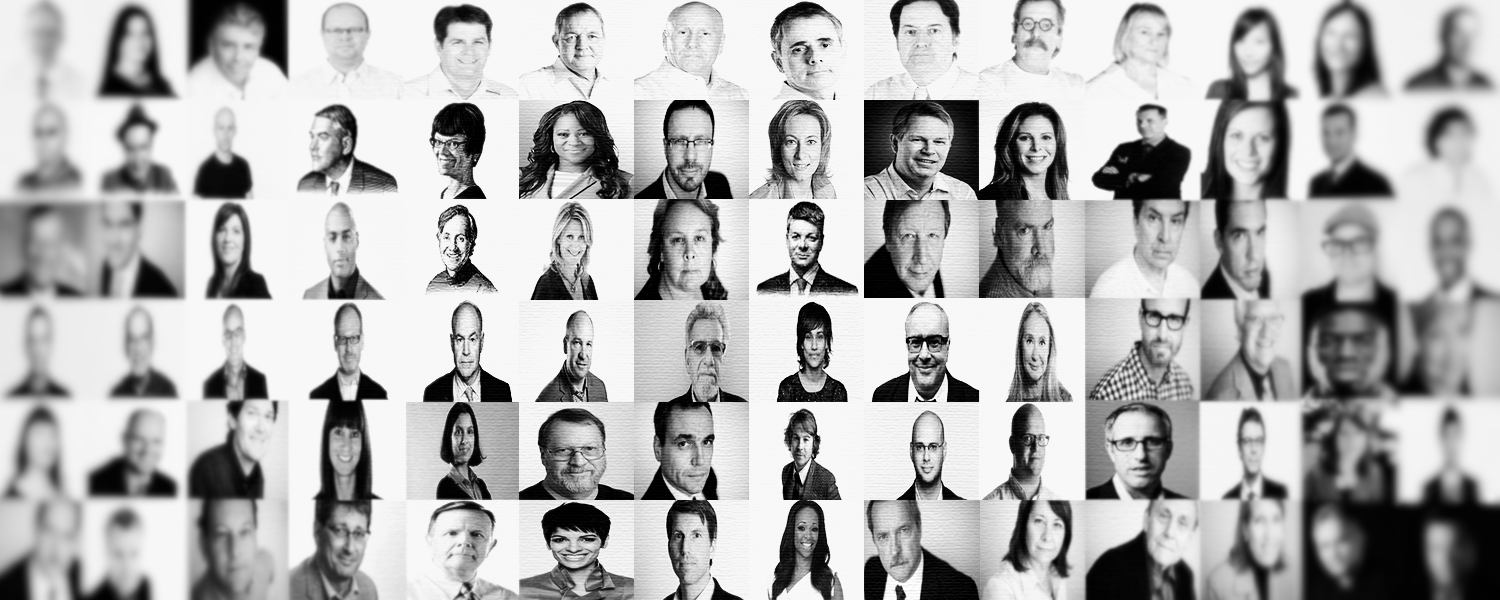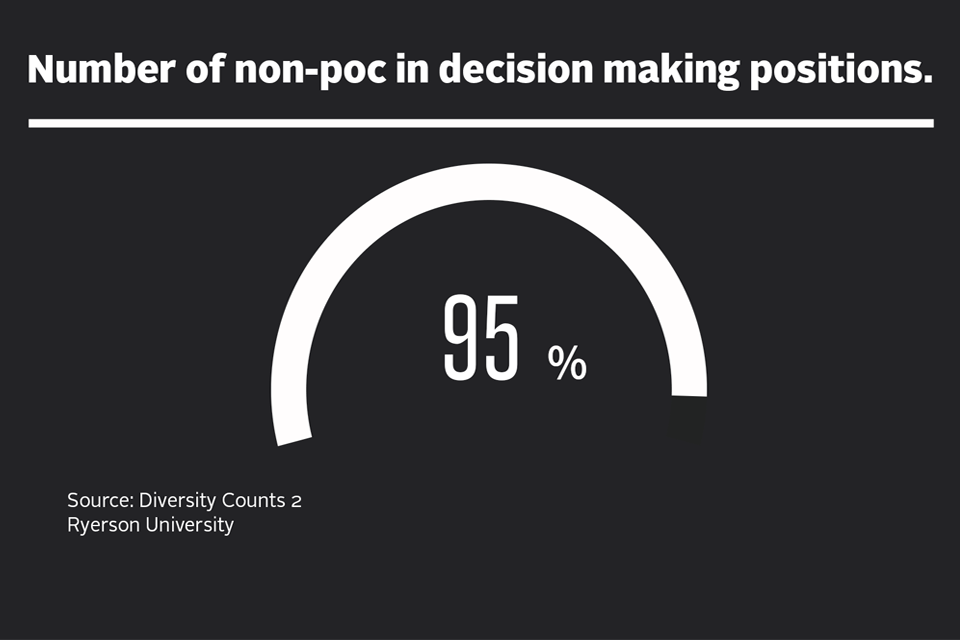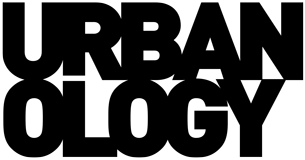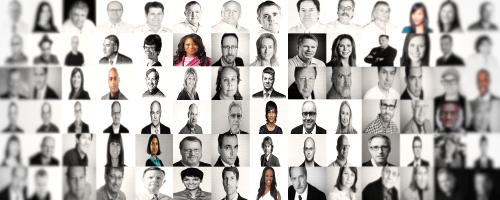“Do you identify yourself as a visible minority?”
It’s a given that you’ve probably come across this question if applying for a job this century. You’ll be scrolling through some routine, run-of-the mill screening process — name, address, previous occupations, and there it is, the odd one in the bunch that likens itself to asking a grown woman her real age.
Now reader, you may think to yourself, as I often do, “Well that’s strange, if you’re an equal opportunity employer, knowing that my skin gets darker as opposed to red from sunlight shouldn’t mean anything.” Then again, you may not, and this thought process may be completely alien to you.
If unsure, consider the following: Have you ever been stopped by the police without reason? Have you ever been stared down on an airplane? Is “Black history” month also referred to as “guilt trip my privileged friend” month? Is Denzel Washington the undeniable king of your people? If your answer for the most part was no, you’re probably white as milk — nothing wrong with that. There’s no need for you to pause and spend more than a few seconds pondering the motives of this question. Just smile and utter a mental “oh you,” while proudly checking off Caucasian.
Journalism is a place where things have been anything but equal, for a very, very long time in Canada.
For the rest of us, it’s not quite that simple. I’ve envied you chosen few that can treat the visible minority question on job applications as an afterthought. To be able to place one’s faith on something masked as affirmative action and not have to consider its potential abuse. Sure, someone out there is probably claiming that questions like these serve the greater good, that it’s about the promotion of equality in the workplace. To that I say that unicorns actually do still exist and white horses are actually dead unicorns that guard real unicorns from … you get the point.
No, unfortunately this is the real world, and it’s the world we happen to live in. Your world view can go by many names, but for me, the byline reads ‘journalism,’ and it’s a place where things have been anything but equal, for a very, very long time in Canada.
The Problem
When Justin Trudeau was recently elected as Canada’s new prime minister, he revealed his cabinet line-up and some ministers with differing shades of skin complexion. Naturally, like many, I noticed something missing though, so I brought it up with a trusted friend.
“You notice that nobody is talking about what’s absent from those selections?” I said casually, eyes peeking above the brim of a coffee cup. I could sense an inner eye roll from my listener at the ready, “Here he goes.” My friend has always understood my standard routine of bringing up race whenever the situation dictated. Her response, as though a mind reader, was that of, “Oh come on.” Rinse and repeat. I was used to this dismissive tone whenever race entered the conversation because it often manufactured an exchange that could be best summed up as: “The media has a problem with representation,” met with the response of, “I don’t think it does.”
There just aren’t a lot of journalist folks like me out there despite our country’s famed “multiculturalism”.
It’s the same reactionary back and forth that gets repeated in some way or another in this country. Yes, I was irked after hearing this sort of reply for the umpteenth time, but I could sympathize with it because I get it – many have been brainwashed. Reader, you can’t be blamed, nor anyone living in Canada, for holding onto the belief that as a place that once welcomed fugitive slaves, this system is above racism and racial prejudice. After all, the media has played a large part in perpetuating this silly myth for reasons we’ll get into later. It’s just one of many fables that share common spaces with the idea that all Canadians are inherently nice, which is a lie and a half, or that we’re all born with a hockey stick and puck in tow.
Still born Canadian, still avoiding slippery surfaces.
If you also haven’t already noticed, I’m partially a part of this said media. I use the word “partially” because I’ve long harboured a love-hate relationship with this career choice of mine that ensures that I may always need a second job, or at the very worst, have to ask for spare change.
I’ve chased down news stories, leads and conducted interviews like the rest of them, but I’ve done so from a place of minority. As I’ve been alluding to from the start, there just aren’t a lot of journalist folks like me out there despite our country’s famed “multiculturalism”. It doesn’t take long to notice this within my field either at eye level.

The Reality
As a fledgling journalism student, I went on the same field trips as my peers, walking into professional newsrooms, fervent by what was going on around me. Reporters functioning on caffeine, nicotine, alcohol or a concoction of all three, filing stories, pressing ears against receivers and jotting down notes and quotes. This bleak future was ours for the taking, but I could never see myself in front of those same computer terminals, discussing the events of today and tomorrow. Not in the sense that I didn’t believe myself capable, but in the fact that I felt dark and different in the midst of all the pale.
My eyes became accustomed to the very dull colour grade of the typical newsroom setting – the absence of skin shades on a dry, white palette that hung like crusted paint, in dire need of a fresh rainbow coat.

This absence of diversity within a profession that professes to speak for the people remains one of the most glaring ironies within this beloved field of mine, even amidst its beginnings. Bless my professors for all that they’ve taught me — in all the annoying, “kill me now” ways that they had — but it was even hard to recall seeing a varied cast of colours during those three long years of journalism studies.
That’s why it came as no surprise as I walked through those halls at the Toronto Star or the CBC, that I held little chance of overhearing a great Denzel Washington discussion at any of the water cooler stations I came across.
Last Denzel reference, I promise.
I can already hear the distant whining by the #AllLivesMatter-centric folk that scoff at the idea of an all-welcoming Canada having an issue with media representation. A piece about race wouldn’t feel complete with its absence. But this isn’t about objective opinions birthed from a limited worldview, it’s about the facts, and what would a typical math-dodging journalist be without pre-calculated numbers?
The Facts
According to a 2005/2006 study by university professor and journalist John Miller, people of colour make up 3.4 per cent of staff at Canadian newspapers. Furthermore, a study compiled in 2010 by Miller and a team at Ryerson University went on to state that among all of Toronto’s daily newspapers, columnist minorities were numbered at seven out of 84 in news, zero out of 44 within sports, one out of 46 in business, one out of 75 in lifestyle and one out of 33 in entertainment. So if you’re paying attention, that’s a measly 10 non-white journalists spread across a wide range of topics, served up in a nice little package to the general population of “diverse” readers.

Numbers aside, it would be a challenge in itself for anyone to count more than their fair share of fingers, the amount of POC in seats of decision-making power at any of our major media conglomerates — the populace that can actually make decisions, not the intern deciding between decaf or regular in the morning.
“You pitch stories that interest you, that’s how you find your story ideas,” stated Maureen Googoo, Aboriginal award-winning journalist and 20-year vet, during an interview with J-Source. “If you have mostly white people working in the newsroom, guess what stories are always going to come up? Except that’s ‘objective journalism.’”
The Illusion
Now it can’t be accurately stated that representation doesn’t exist within journalism, it does, but on a superficial level. Far too much of the scraps that we view as diversity in the field are often filtered through a coat of white, and many of us have chosen to ignore it.
In other words, you better keep that hijab, turban or kinky hair at home …
Turn to today’s news outlets and one can still appreciate the personalities that exist. Nneka Elliott, Nathan Downer, Kim Brunhuber, Dwight Drummond, Tracy Moore, Anne Medikwake, Royson James, and of course, Desmond Cole. All of them provide an argument for progress within the visible field.
But in many instances, we’re talking about the difference between being diverse in appearance and diverse in opinion. The power to decide the day’s conversation is rarely in their hands, nor is the complete freedom to represent themselves in ways that some viewers may not be able to identify with — in other words, you better keep that hijab, turban or kinky hair at home, as Arisa Cox would sadly attest.
On the audible end, one may hear a voice from CBC news radio, like a Matt Galloway who is assuredly non-white. In the midst of that fact, however, it would be hard to discern the difference given the regular absence of accent or cultural dialects that make some POC unique from the rest. It all adds up to racial ambiguity. Now I’m far and away from what I think a radio voice is expected to sound like, but who gets to determine whose sound is proper for listeners? The growing popularity of podcasts over traditional radio challenges the notion. I can’t speak for anyone else, but speech absent of culture isn’t what walking down a street of Toronto or any multicultural city, is expected to sound like. It’s just what a certain dominant subset of our population is used to hearing.
Remember, coat of white.
The Cultural Fit
The common hire unfortunately is about the cultural fit. If it looks like a duck, swims like a duck, quacks like a duck, then it’s probably a duck. Stay with me here. The quacking part is the important portion to remember folks, because ducks pretty much sound like the rest of the bunch that they hang with. The problem arises when these ducks spend far too much time quacking among themselves. Then the cat comes in and starts meowing and the dog starts barking, then the pigeons start doing their annoying thing and then you got the duck trying to tell everyone’s story in their own way and from whence they came.
If you want examples of what this profession looks like without proper representation, they have names like Don Lemon and his coverage of the Ferguson uprising.
Now I went in deep with the animal euphemisms, but I hope you see where I was going with this. If this field is about getting people who can’t dig into a story beyond a fact sheet, or are satisfied side-stepping professionals who are anything but a cultural fit, who are willing to bark when everyone else is used to quacking, then it’s doing a damn good job, because that’s exactly what journalism is for the most part right now.
If you want examples of what this profession looks like without proper representation, they have names like Don Lemon and his coverage of the Ferguson uprising, or “riots” if you want to be bombastically CNN. New York Times writer Vanessa Grigoriadis and her invalidation of Nicki Minaj’s concerns as a Black woman in an industry that places the Miley Cyruses and Taylor Swifts of the world on a pedestal. Canada’s long withstanding insensitive coverage of Bathurst Heights, Rexdale or other racialized neighbourhoods. Along with the lack of #BlackLivesMatter coverage right here in Canada, amidst racial tensions, which speaks to furthering the legend of a colourblind country.
Then there’s the lack of conversation about this very subject, because for the decision makers, this isn’t a concern. The recent #JournalismSoWhite hashtag, which sprung from diversity champion Melissa Harris-Perry being cut from MSNBC, can be seen as an embodiment of this frustration with the state of the media when speaking on subjects that require a cultured hand. But in case you haven’t noticed, it’s largely an American voice that’s speaking up on this issue while the polite Canadian populace here in the north would rather keep a measure of silence on the matter. Answers to the problem through our southern brethren have produced minority-driven publications to combat this problem in the form of Essence, Ebony, Jet, The Root, along with a wide variety of other niche outlets, while the number of known Canadian counterparts is generally minor.
The Solution
I don’t claim to have the clear cut answers to how this can/will change. Right at this moment the logical voice that knows little beyond salaries and paycheques has been ringing the little neck of my inner voice, telling it to hush up and say yessum — don’t anger the establishment that may end up signing your next cheque.
However, I’m a minority and I consider myself a journalist. I’m choosing to write this through one of the few publications that would be crazy enough to allow it unfiltered and I’m thankful for that. It’s a large reason why I’ve remained loyal to Urbanology magazine. My privilege as a Black man in speaking about this subject stems from the fact that this is a real experience, not a third-party story pitch in a newsroom by a POC handing it off to the nearest Caucasian.
Without diversity in thought, background and appearance, discussions like these become muted before they can even start because it’s hard for some to effectively articulate feelings into words when they’ve never been felt personally. The state of media is bland like a slab of meat with salt and pepper in dire need of some spice. As long as it remains so, folks are going to start buying into something else.
Collage of columnists created by Noel Ransome using columnist head shots from each of the journalists’ respective news outlets.




Comments are closed.